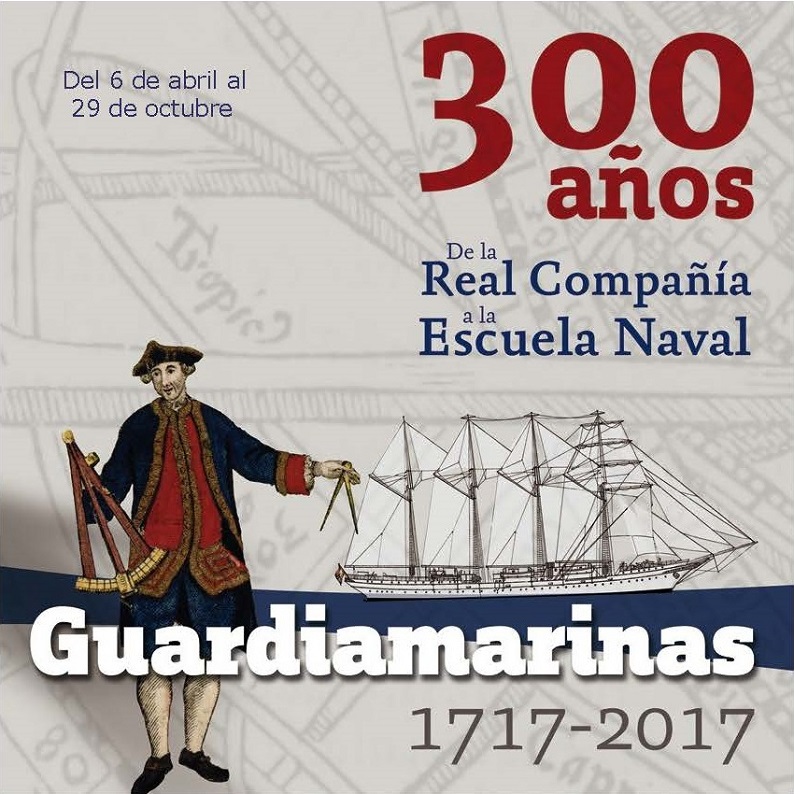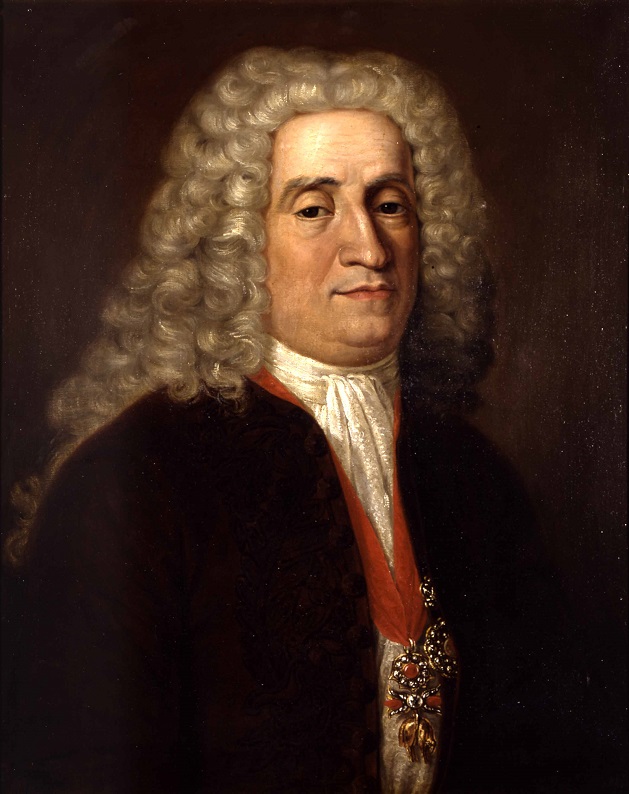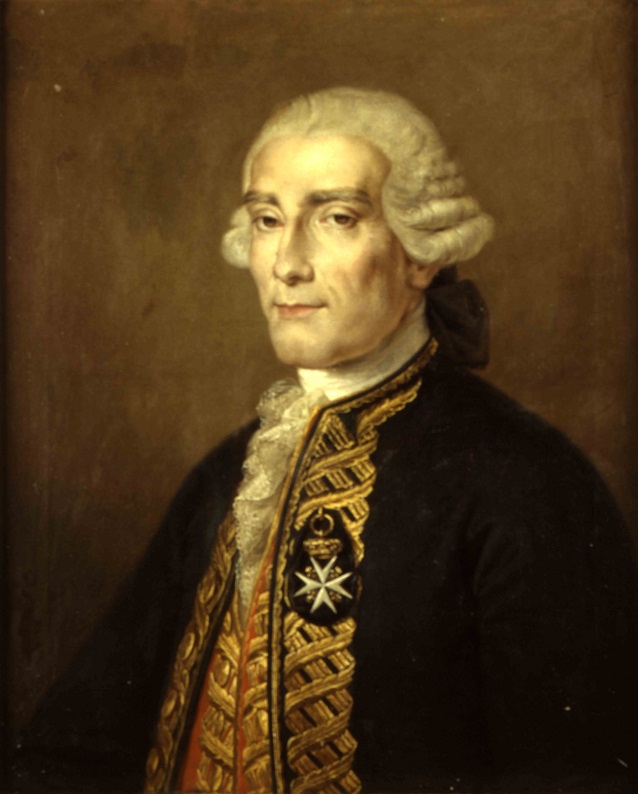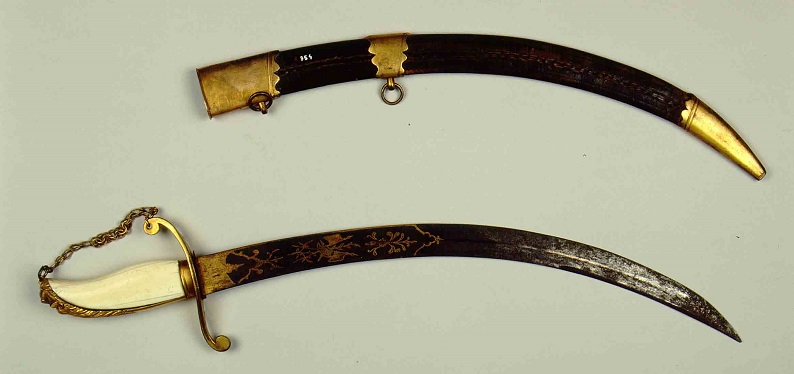News
NEW TEMPORARY EXHIBITION: “GUARDIAMARINAS (1717-2017). 300 AÑOS DE LA REAL COMPAÑÍA A LA ESCUELA NAVAL”.
Wednesday, April 05, 2017
The Madrid NAVAL MUSEUM presents its new temporary exhibition. A total of 82 objects have been distributed in five thematic areas related to the origins, development and current situation of this Institution. Most pieces on display come from the Naval Museum and the Naval Archives. Other objects have been lent by the Prado Museum, the National Library, University of Seville, General Archives of the Indies, the Royal Observatory, the Army Cartographic Institute, the Navy Hydrographic Institute and the Naval Academy.
The exhibition is part of the activities organized to commemorate the 300th anniversary of the Royal Midshipmen Company of the Spanish Navy, present-day Naval Academy.
The exhibition starts just after the Discovery of America. Such an event resulted in the establishment of new institutions to manage the trade and traffic of goods to and from the colonies. In those days, seamen in Spain were arranged in ad-hoc flotillas which appeared and disappeared depending on the circumstances, with poorly manned and fragile ships for those transoceanic voyages. Training of sailors took place in Seville, more specifically at the “Real Casa de Contratación” and the Royal Seminary of Saint Elmo. Seafaring education was focused on the physical theories of the 16th and 17th centuries. The discoveries of Copernicus, Galileo and Isaac Newton brought about a true revolution which ensued the development of Astronomy as a science and an aid to navigation.
The second exhibition space is centered on the 18th century and the Bourbon dynasty. After the War of the Spanish Succession, and with a country burdened by years of Inquisition and backward policies, King Philip V entrusted José Patiño, Zenón de Somodevilla and Antonio Valdés with the renovation of the Navy to defend and extend the interests of the Spanish Crown wherever necessary. As a result, the “Royal Company of Midshipmen” was founded to provide the Navy with capable and skilled sailors.
A syllabus was drafted with theoretical and practical lessons establishing an institutional infrastructure which paved the way for the renovation and improvement of the Science in Spain. Illustrious sailors like Jorge Juan, Antonio de Ulloa and Vicente Tofiño contributed to this endeavor with important achievements in the scientific sphere.
In that century the important shipyards of Cartagena, Ferrol and La Carraca were set up along with the Spanish Navy Medical School, the Royal Observatory, the Hydrographic Depot, the School of Naval Engineers, and the Midshipmen academies of Ferrol and Cartagena.
The 19th century begins to see the decline of the nation and its navy, with the defeat at Trafalgar, the French invasion of Spain and the subsequent Peninsular War. The overseas colonies also started their Independence processes and the navy was unable to protect the Spanish interests abroad.
With the economic hardships and the delay in implementing the innovations of the industrial revolution, many training schools closed down and, in 1869, the old frigate “Asturias” anchored in the port of Ferrol was refurbished and converted into a floating Naval Academy.
In the 20th century, the Academy of San Fernando was founded in 1913 and the training tall-ship ‘Juan Sebastián de Elcano’ was commissioned in 1928. After the Spanish Civil War the Naval academy moved to Marín. In there, midshipmen and servicemen from the Navy, Marine Corps, Quartermaster and Engineers Corps receive an adequate education and graduate. Women began to join the Armed Forces in 1988.
The final section of the exhibition is focused on the 21st century and latest educational advancements in military training as a result of the new requirements of the European [...] Higher Education Area (Bologna Plan). The Naval Academy is affiliated with the University of Vigo and naval graduates also receive a civil Degree in Mechanical Engineering specialized in Naval Technologies.




 + 3
+ 3



